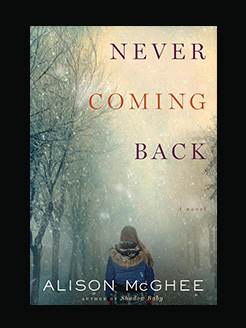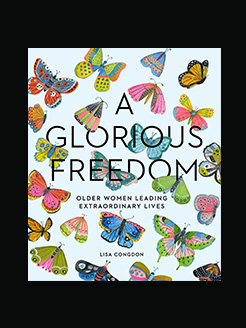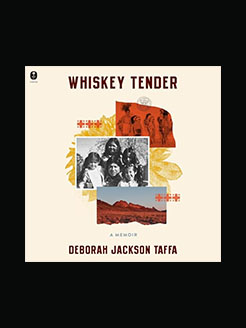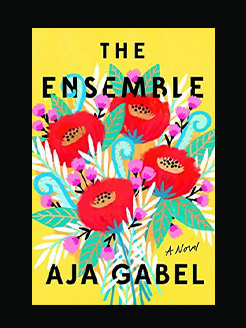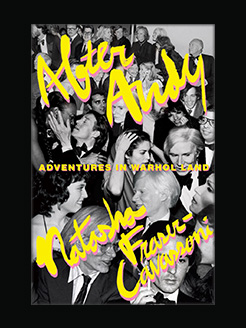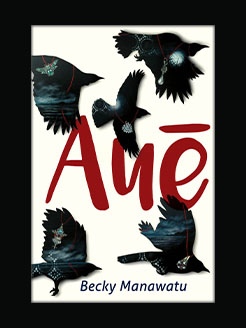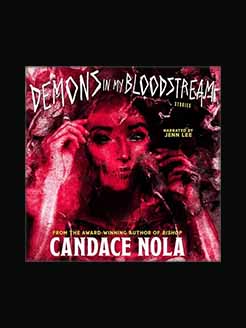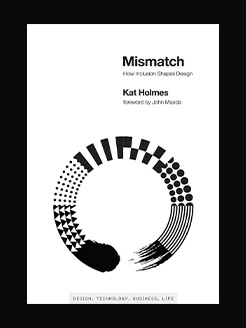Published in 2020
304 pages
Zora Neale Hurston was an American folklorist and author. In 1925, shortly before entering Barnard College, Hurston became one of the leaders of the literary renaissance happening in Harlem, producing the short-lived literary magazine Fire!! along with Langston Hughes and Wallace Thurman. This literary movement became the center of the Harlem Renaissance.
Hurston applied her Barnard ethnographic training to document African American folklore in her critically acclaimed book Mules and Men along with fiction Their Eyes Were Watching God and dance, assembling a folk-based performance group that recreated her Southern tableau, with one performance on Broadway.
Hurston was awarded a Guggenheim Fellowship to travel to Haiti and conduct research on conjure in 1937. Her work was significant because she was able to break into the secret societies and expose their use of drugs to create the Vodun trance, also a subject of study for fellow dancer/anthropologist Katherine Dunham who was then at the University of Chicago.
In 1954 Hurston was unable to sell her fiction but was assigned by the Pittsburgh Courier to cover the small-town murder trial of Ruby McCollum, the prosperous black wife of the local lottery racketeer, who had killed a racist white doctor.
Hurston also contributed to Woman in the Suwanee County Jail, a book by journalist and civil rights advocate William Bradford Huie.
What is this book about?
In 1925, Barnard student Zora Neale Hurston—the sole black student at the college—was living in New York, “desperately striving for a toe-hold on the world.” During this period, she began writing short works that captured the zeitgeist of African American life and transformed her into one of the central figures of the Harlem Renaissance. Nearly a century later, this singular talent is recognized as one of the most influential and revered American artists of the modern period.
Hitting a Straight Lick with a Crooked Stick is an outstanding collection of stories about love and migration, gender and class, racism and sexism that proudly reflect African American folk culture. Brought together for the first time in one volume, they include eight of Hurston’s “lost” Harlem stories, which were found in forgotten periodicals and archives. These stories challenge conceptions of Hurston as an author of rural fiction and include gems that flash with her biting, satiric humor, as well as more serious tales reflective of the cultural currents of Hurston’s world. All are timeless classics that enrich our understanding and appreciation of this exceptional writer’s voice and her contributions to America’s literary traditions.
